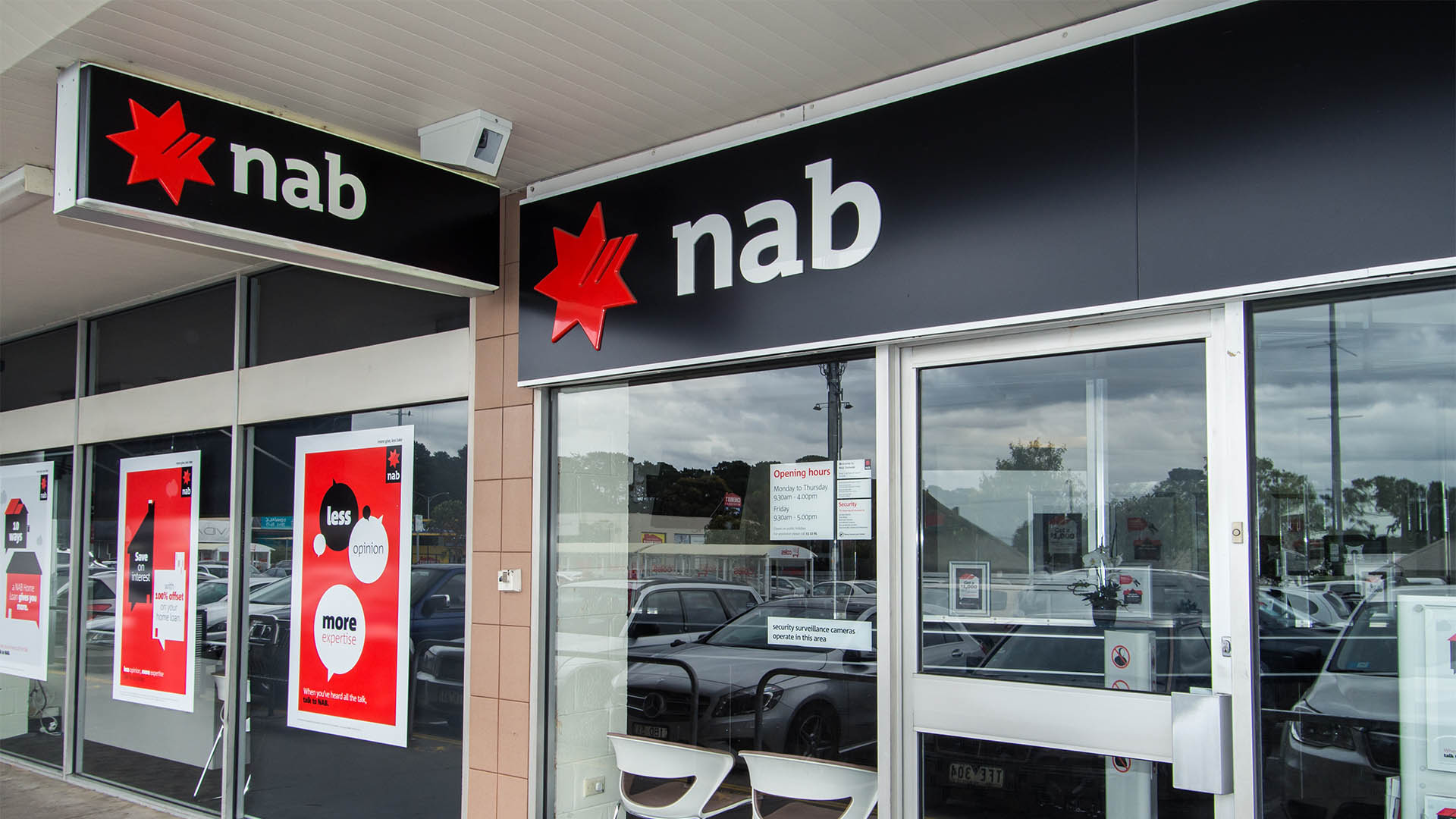The National Australia Bank (ASX:NAB) is bracing for a less profitable departure for its CEO, Ross McEwan, as the bank experiences an unexpected 17% decline in cash earnings during the three months leading up to December. This decline hints at a forthcoming report of lower earnings for the half-year ending on March 31, just two days before McEwan’s retirement on April 2.
According to reports, the Melbourne-based bank disclosed a significant drop in cash earnings, falling by 16.9% to $1.80 billion for the December quarter, compared to $2.15 billion reported during the same period in 2022. Additionally, the unaudited statutory profit plummeted by 20% to $1.70 billion, significantly below the $2.05 billion reported a year earlier.
Analysts suggest that given the NAB’s reported earnings for the first half of the 2022-23 financial year, reaching $4.070 billion in cash earnings and $3.978 billion in statutory earnings, the bank will need to make substantial efforts to approach those targets.
The decline in earnings for the March half-year and potentially for the full year ending in September is attributed to the substantial falls witnessed in the first quarter.
NAB’s performance contrasts starkly with minor declines in earnings reported by other major Australian banks such as the Commonwealth Bank of Australia (CBA) and Westpac. While Westpac noted a 6% decrease in net profit to $1.5 billion, the Commonwealth Bank reported a 3% slide in its half-year result to slightly over $5 billion.
Regarding expenses, NAB forecasted a smaller percentage rise in costs for the year ending in September compared to the previous year. Quarterly expenses rose by 3%, attributed to higher performance-based compensation, leave provisions, increased technology costs, and investments in financial crime capability, albeit partly offset by productivity measures.
CEO Ross McEwan acknowledged a 1% rise in lending balances over the December quarter, including a 2% growth in Australian SME business lending and a 1% growth in Australian home lending. However, comparisons with previous periods were noted to be less accurate, raising questions about the basis of performance evaluation.
Despite the challenges, McEwan expressed optimism about the bank’s future outlook, citing good momentum and a resilient Australian economy. He emphasized the bank’s commitment to improving customer and colleague outcomes to deliver sustainable growth and enhance shareholder returns.
The credit impairment charge for the quarter stood at $193 million, reflecting higher arrears in Australian home lending alongside business lending volume growth. However, specific charges remained at low levels, with no changes to economic assumptions during the quarter.
As NAB navigates through economic uncertainties, maintaining strong balance sheet settings and focusing on productivity are highlighted as key strategies for sustaining growth and shareholder value, especially during the transition to incoming CEO Andrew Irvine.














